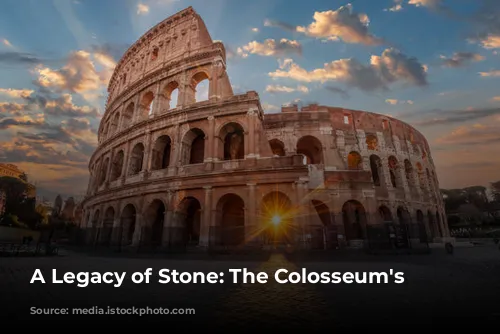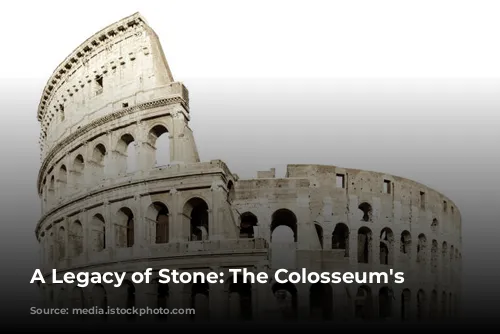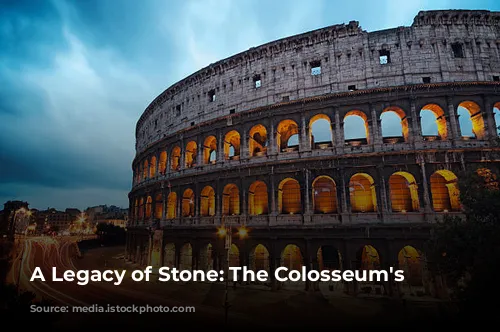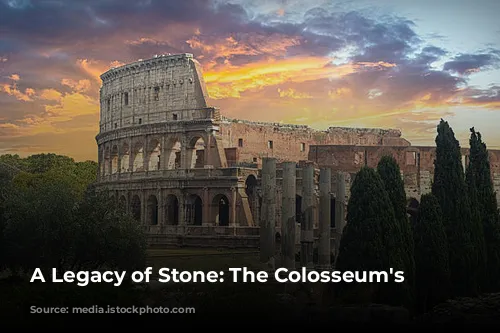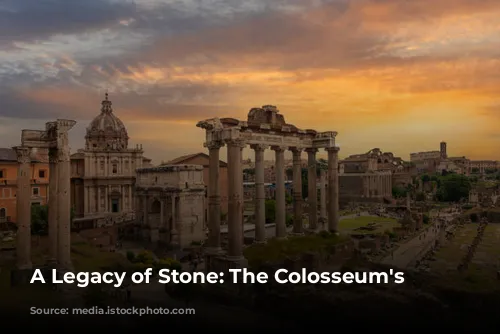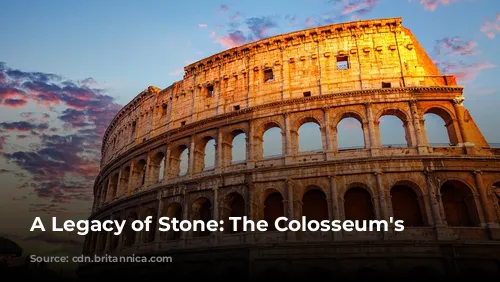The Colosseum stands as a testament to ancient Rome’s architectural and engineering brilliance, a monument that has endured for centuries. This iconic structure is not only a symbol of the Roman Empire’s might but also a key source of tourism revenue for Italy. In 2018 alone, the Colosseum, Roman Forum, and Palatine Hill generated over €53.8 million, making them the highest-earning tourist attraction in Italy.
From Glory to Neglect
The Colosseum’s journey has been marked by both triumph and hardship. After the fall of the Western Roman Empire, the once-grand arena fell into disrepair. During the 12th century, it was repurposed as a fortress by prominent Roman families. The 15th century saw a further decline, with the Colosseum being used as a quarry for building materials. For over a thousand years, this remarkable structure was largely neglected. It wasn’t until the 1990s that state-funded restoration efforts finally began to revitalize the Colosseum.
A Monument of Imperial Ambition
The Colosseum’s construction was born from the desire to reinvigorate Rome following the tumultuous year of the four emperors in 69 CE. Emperor Vespasian, like many of his predecessors, sought to captivate the Roman public with grand spectacles. He envisioned the Colosseum as an entertainment hub, a stage for gladiator fights, animal hunts, and even mock naval battles.

From Emperor to Arena
Construction began under Emperor Vespasian between 70 and 72 CE. His son and successor, Titus, dedicated the completed structure in 80 CE. The Colosseum’s fourth story was added by Emperor Domitian in 82 CE. Interestingly, the arena was financed by the spoils of war from Titus’s conquest of Jerusalem in 70 CE. The Colosseum’s construction was, sadly, carried out by enslaved Jews from Judaea.
A Colossal Achievement
The Colosseum, also known as the Flavian Amphitheater, is an elliptical masterpiece constructed from stone, concrete, and tuff. It stands four stories tall, measuring an impressive 620 by 513 feet. This colossal structure could accommodate up to 50,000 spectators, making it a true marvel of Roman engineering. The Colosseum was famously used for gladiatorial combat, a spectacle that enthralled the Roman populace.
A Monument of Public Spectacle
The Colosseum’s location, east of the Palatine Hill, holds symbolic significance. It was built on the site of Nero’s Golden House, replacing the tyrant’s private lake with a public arena for the enjoyment of the Roman people. This symbolic shift reflected Vespasian’s commitment to public service, a stark contrast to Nero’s extravagance.

A Complex Engineering Feat
Unlike previous amphitheaters, the Colosseum is a freestanding structure of stone and concrete. Its intricate design features a network of barrel vaults and groin vaults, supported by engaged columns in the Doric, Ionic, and Corinthian orders. The rising arrangement of columns inspired the Renaissance codification known as the assemblage of orders, a testament to the Colosseum’s enduring influence on architecture.
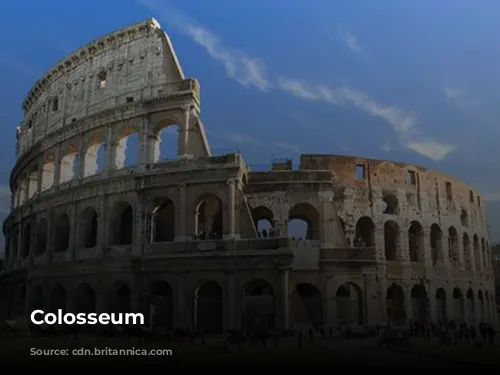
A Stage for Spectacles
The Colosseum’s seating capacity was enormous, accommodating up to 50,000 spectators. A retractable awning, known as a velarium, shielded the audience from the sun. The Colosseum witnessed countless spectacles, from gladiator fights and animal hunts to mock naval battles. Although its role in the martyrdom of early Christians is uncertain, the Colosseum undoubtedly played a significant role in shaping Roman society and culture.
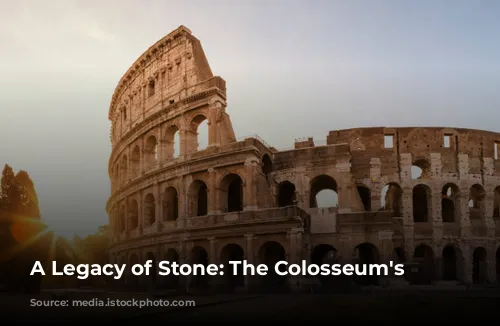
From Glory to Restoration
In the medieval period, the Colosseum was used as a church and fortress before succumbing to the ravages of time, including earthquakes, lightning strikes, and vandalism. The once-opulent arena was stripped of its marble seats and decorations, reduced to a mere quarry for building materials. It was not until the 19th century that serious preservation efforts began, with notable contributions from Pope Pius VIII. The 1990s saw the launch of a large-scale restoration project, further securing the Colosseum’s legacy.
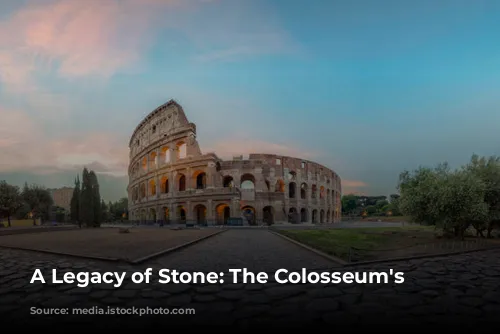
An Enduring Legacy
Today, the Colosseum stands as a major tourist attraction in Rome, drawing millions of visitors each year. Its enduring appeal lies not just in its imposing architecture and rich history but also in its ability to transport visitors back to the glory of the Roman Empire. The Colosseum remains a symbol of Roman power and ingenuity, a testament to the enduring power of art, architecture, and history.
